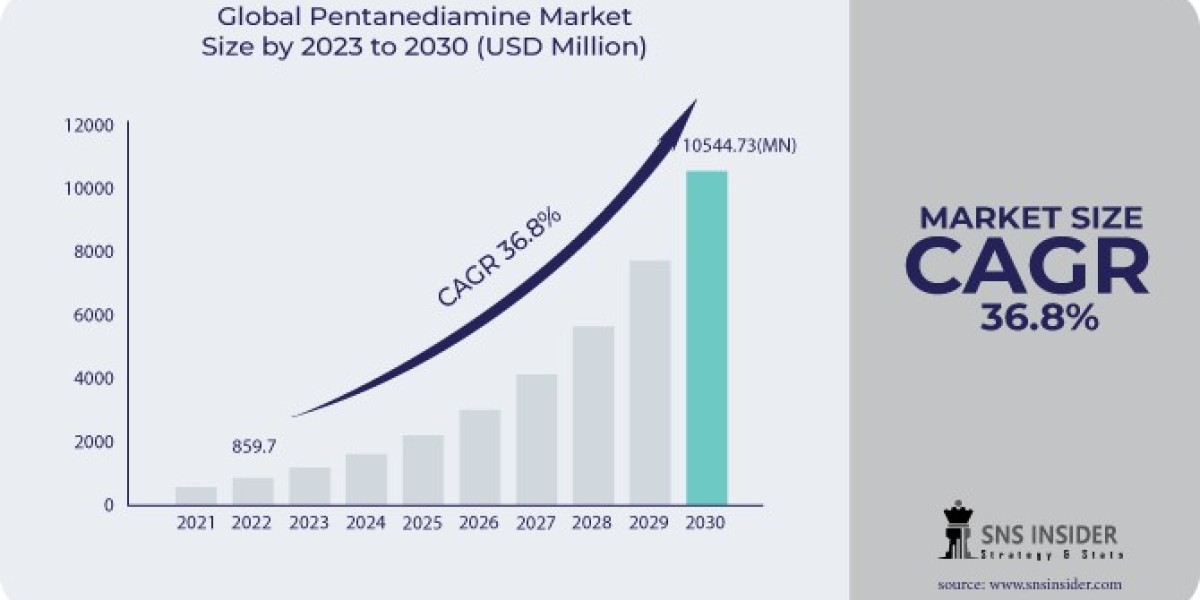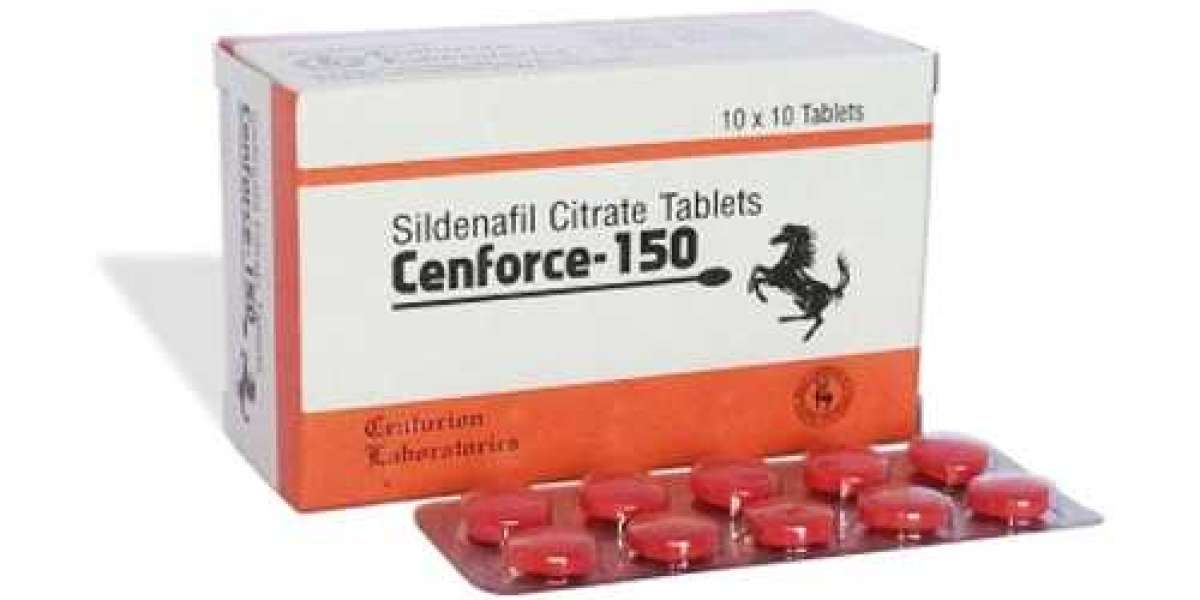Pentanediamine, or 1,5-diaminopentane, is a versatile diamine that is increasingly being recognized for its role in bio-based polymer production. While this compound has been known for years due to its presence in decaying organic matter, its modern applications are far-reaching. From renewable polyamides to specialized adhesives, pentanediamine is gradually becoming a cornerstone in industries transitioning towards sustainable practices. The Pentanediamine Market size was valued at USD 859.7 million in 2022. It is estimated to hit USD 10544.73 million by 2030 and grow at a CAGR of 36.8% over the forecast period of 2023-2030.
What is Pentanediamine?
Pentanediamine is an organic compound with the molecular formula C5H14N2. The molecule consists of a five-carbon chain with amine groups attached at both ends, making it an aliphatic diamine. This chemical structure is essential in facilitating its polymerization with various acids to form durable materials, such as nylon or polyamides.
Pentanediamine is most commonly produced through synthetic methods, although bio-based production from renewable sources like glucose is growing in popularity. Companies in the chemical industry are looking toward bio-based pentanediamine as an environmentally friendly alternative, driving innovation in polymer production.
Industrial Uses of Pentanediamine
The primary use of pentanediamine is in the production of polyamides, where it serves as a building block in the formation of polymers like nylon. Nylon 5,10, for example, is a bio-based polyamide derived from pentanediamine and is gaining traction due to its sustainable properties. These polyamides are used in textiles, engineering plastics, and automotive parts due to their toughness, heat resistance, and durability.
Beyond polyamides, pentanediamine is employed in the creation of adhesives, coatings, and other materials that require strong bonding and water-resistant characteristics. It can also be used as an intermediate in the pharmaceutical and agrochemical sectors, where its chemical reactivity provides the foundation for various formulations.
Bio-Based Innovation: A Game-Changer for Polyamides
The shift towards sustainability in various industries has led to the increasing adoption of bio-based chemicals. Pentanediamine is at the forefront of this movement, especially in the production of bio-based polyamides. These materials are created through processes that minimize the reliance on fossil fuels, offering a more sustainable alternative to traditional plastics.
One of the major drivers of pentanediamine demand is its use in bio-based nylons. Nylon 5,10, in particular, is produced using pentanediamine and has been praised for its lower carbon footprint compared to petroleum-based nylons. This bio-based nylon is widely used in industries like automotive, textiles, and packaging, where lightweight and durable materials are essential.
Sustainability is not the only benefit of bio-based polyamides. These materials offer improved performance characteristics, including better chemical resistance, flexibility, and enhanced durability. As industries seek materials that meet both performance and environmental criteria, bio-based polyamides are becoming an attractive option.
Market Growth and Industry Challenges
The demand for pentanediamine has seen tremendous growth, largely due to its applications in bio-based polymers and adhesives. However, the production of bio-based pentanediamine remains more costly than traditional methods. Efforts to optimize production processes and improve economies of scale are underway, which will likely make bio-based pentanediamine more economically viable in the near future.
There is also increased competition within the bio-based polymer industry. While pentanediamine offers several advantages, other bio-based diamines and petrochemical products pose challenges to its market dominance. Continuous research is crucial to ensure that pentanediamine remains competitive and that its applications expand into new sectors.
Key players in the pentanediamine market include Cathay Biotech Inc., BASF SE, Invista, Arkema, DuPont, DSM, and Evonik Industries, all of which are heavily involved in the development and commercialization of bio-based chemicals.
In conclusion, pentanediamine is rapidly emerging as a key player in the transition toward sustainable materials. Its role in bio-based polyamides, adhesives, and other applications makes it a crucial chemical in the global shift towards environmentally friendly products. As industries and consumers alike demand greener alternatives, pentanediamine's market is set to grow exponentially in the coming years.
About Us:
SNS Insider is one of the leading market research and consulting agencies that dominates the market research industry globally. Our company's aim is to give clients the knowledge they require in order to function in changing circumstances. In order to give you current, accurate market data, consumer insights, and opinions so that you can make decisions with confidence, we employ a variety of techniques, including surveys, video talks, and focus groups around the world.
Contact Us:
Akash Anand – Head of Business Development & Strategy
Phone: +1-415-230-0044 (US) | +91-7798602273 (IND)



